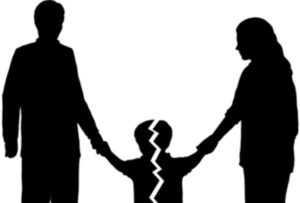Chapter 7 and Chapter 13 are both ways that an individual can to file for bankruptcy but there are different requirements to qualify for being able to file under Chapter 7 compared to Chapter 13. Even though the benefits of filing a Chapter 7 bankruptcy may seem initially more appealing to most people compared to filing under Chapter 13, depending on individual situations, people who do qualify to file under Chapter 7 may still choose to file under Chapter 13.
What is Chapter 7 bankruptcy?
Chapter 7 bankruptcy is a way to get rid of most of your unsecured debts such as credit cards and medical bills without having to pay off the balances of their debts. When you file for Chapter 7 bankruptcy, creditors are supposed to immediately stop pursuing collection efforts through an order called an automatic stay.
What is Chapter 13 bankruptcy?
Chapter 13 bankruptcy is a reorganization bankruptcy designed for people with a regular income. Through Chapter 13, people are allowed to keep their property including nonexempt assets, while they are repaying all or a portion of their debts through a repayment plan.
Why do people file for Chapter 13 bankruptcy?
Many people make too much money to qualify for Chapter 7 and do not have the option of filing this way. Many people who do meet the income requirements may still choose to file under Chapter 13 because it offers benefits that Chapter 7 does not, such as allowing debtors to catch up on missed mortgage payments and allowing debtors to remove unsecured junior liens from their house.
Chapter 13 bankruptcy is typically for debtors who:
What is a Means Test for filing for Chapter 7 bankruptcy?
The means test that was added to the bankruptcy code in 2005 looks at an individual’s income and expenses to determine whether they qualify for Chapter 7. Many people view this as a barrier to qualifying for Chapter 7 because many people make too much money to qualify even though their income is really not enough to pay off their debts without going further into other debts.
How long does it take to get a discharge for the different kinds of bankruptcy?
It typically takes three to four months to receive a discharge for a Chapter 7 bankruptcy.
For Chapter 13 bankruptcy, debtors typically receive a discharge when they have completed all of the payments in their payment plans. Debtors are usually given three to five years to complete their payments.
It is important to be informed about the different ways to file for bankruptcy, and what option is the best one for you.
For more questions and answers to these and other legal topics, visit the Law Education Center.



